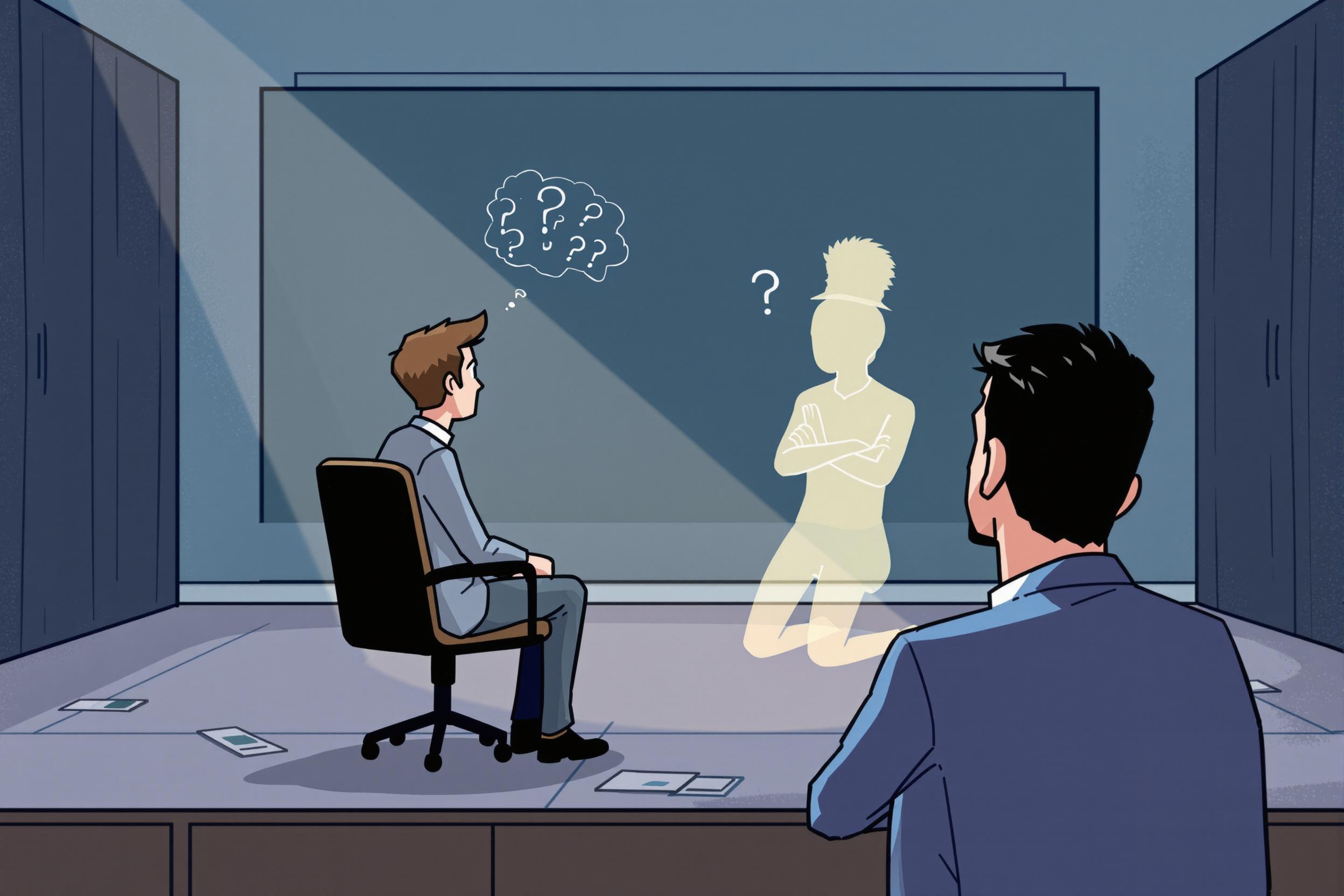
Scumbling
Scumbling is a painting technique used in theater, film, and television to create special visual effects and textures on scenery and props. It involves applying paint in thin, irregular layers to create the appearance of different materials like marble, wood, or aged surfaces. This technique is essential in scenic painting because it helps create realistic-looking sets without using expensive real materials. Similar techniques include glazing, stippling, and wood graining. These methods are part of the "faux finishing" family of techniques that scenic artists use to make one material look like another.
Examples in Resumes
Created marble effect columns using Scumbling techniques for Broadway production of 'Phantom of the Opera'
Applied Scumbling and faux finish techniques to transform foam walls into aged stone surfaces
Trained junior artists in Scumbling methods for creating authentic-looking period sets
Typical job title: "Scenic Artists"
Also try searching for:
Where to Find Scenic Artists
Professional Organizations
Online Communities
Job Resources
Example Interview Questions
Senior Level Questions
Q: How would you plan and lead a team to scumble an entire set of period-accurate walls in a limited timeframe?
Expected Answer: A senior artist should discuss project management skills, delegation of tasks, color mixing for period accuracy, and techniques for maintaining consistency across multiple painters' work.
Q: What considerations do you take into account when scumbling surfaces that will be filmed in HD?
Expected Answer: Should explain how to adjust technique for camera work versus stage, discussing factors like paint sheen, detail level, and how different lighting affects the final look.
Mid Level Questions
Q: What different tools do you use for scumbling, and how do they create different effects?
Expected Answer: Should be able to describe various brushes, rags, sponges and when to use each for different textures and finishes.
Q: How do you ensure consistency when scumbling large surfaces?
Expected Answer: Should explain techniques for maintaining uniform texture and color across large areas, including batch mixing of colors and systematic application methods.
Junior Level Questions
Q: Can you explain the basic process of scumbling?
Expected Answer: Should be able to describe the fundamental technique of applying thin, broken layers of paint to create texture and depth.
Q: What's the difference between scumbling and regular painting?
Expected Answer: Should explain how scumbling creates texture and depth through irregular application versus uniform coverage in regular painting.
Experience Level Indicators
Junior (0-2 years)
- Basic paint mixing and color matching
- Simple scumbling techniques
- Understanding of basic tools and materials
- Following instructions and matching samples
Mid (2-5 years)
- Advanced texture creation
- Multiple faux finish techniques
- Color theory application
- Working independently on complex surfaces
Senior (5+ years)
- Leading scenic paint teams
- Complex period recreation
- Budget and time management
- Training and supervising junior artists
Red Flags to Watch For
- No hands-on experience with actual scenic painting
- Lack of knowledge about different paint types and their applications
- Unable to demonstrate color mixing skills
- No experience working with deadlines or in theater/film environments
Need more hiring wisdom? Check these out...

Refining Job Descriptions to Expand Applicant Pools: Casting a Wider Talent Net

Ghosted Again? How to Stop Candidates from Disappearing and Start Engaging Them Better

Why Easy Apply Is Breaking The Job Market (And What To Do About It)

